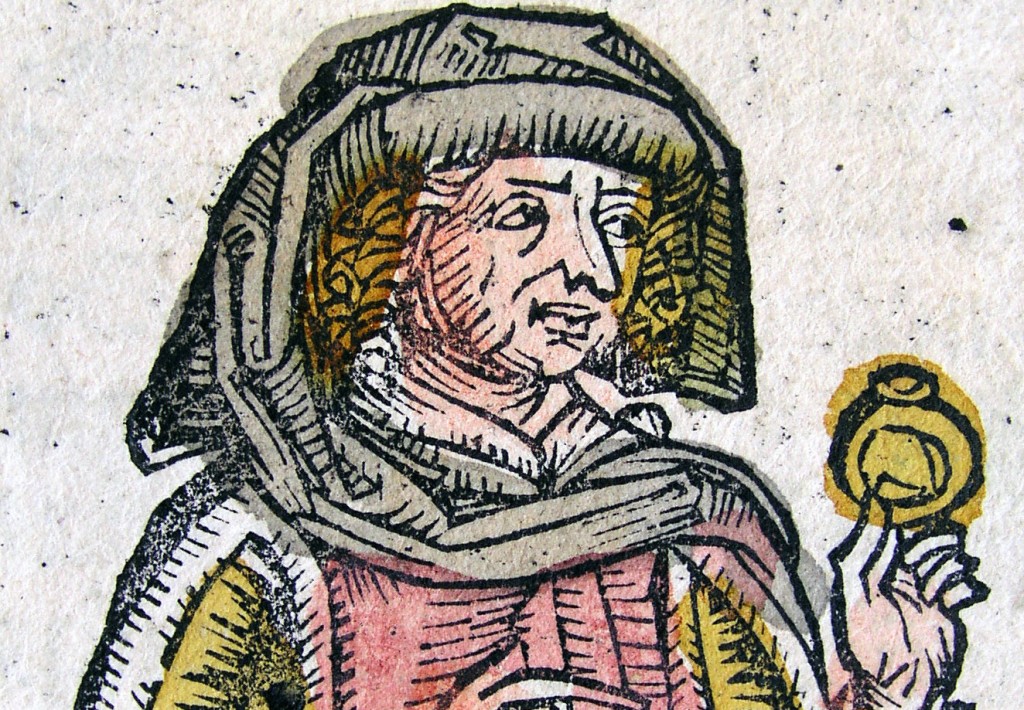The Watch Sugar Heart Vlog The lustful demon under the pure appearance Hanfu lady Si Yu OnlineJames Webb Space Telescope is so powerful that it can vividly see stars in a galaxy 17 million light-years away.
Astronomers pointed the most advanced space observatory ever built at the galaxy NGC 5068, peering deep into its starry core. The greater goal is to better grasp how stars, like our energy-providing sun, form and evolve in galaxies. Crucially, Webb views a type of light that's invisible to the naked eye, called infrared light. These long infrared light waves pierce through thick clouds of cosmic dust and gas, allowing us unprecedented views into galactic hearts.
"With its ability to peer through the gas and dust enshrouding newborn stars, Webb is the perfect telescope to explore the processes governing star formation," the European Space Agency, which collaborates on the telescope with NASA and the Canadian Space Agency, wrote. Solar systems born enveloped in cosmic dust simply can't be seen with visible light telescopes like Hubble, the space agency said.
In the image below, Webb peered through "gargantuan clouds of dust." Here's what you're seeing:
The radiant white bar is the galaxy's core. Similar to the Milky Way, NGC 5068 is a barred spiral galaxy, meaning it has a long bar-shaped structure at its center, which is composed of densely-packed stars.
All those bright dots both in the core and populating the image are stars. Many thousands are visible. And though we can't see them, many of those stars almost certainly harbor wild, exotic planets.
On the right is a curving, spiral arm of the galaxy. (In our galaxy, Earth inhabits the farther-reaches of a spiral arm.)
The general skeletal-like structure in the galaxy is made from colossal clumps and filaments of dust, the ESA explains.
 A highly-detailed view into the center the spiral galaxy NGC 5068. Credit: ESA / NASA / CSA / J. Lee and the PHANGS-JWST Team
A highly-detailed view into the center the spiral galaxy NGC 5068. Credit: ESA / NASA / CSA / J. Lee and the PHANGS-JWST Team This Tweet is currently unavailable. It might be loading or has been removed.
The Webb telescope is designed to peer into the deepest cosmos and reveal unprecedented insights about the early universe. But it's also peering at intriguing planets in our galaxy, and even the planets in our solar system.
Want more scienceand tech news delivered straight to your inbox? Sign up for Mashable's Light Speed newslettertoday.
Here's how Webb is achieving unparalleled things, and likely will for decades:
Giant mirror: Webb's mirror, which captures light, is over 21 feet across. That's over two and a half times larger than the Hubble Space Telescope's mirror. Capturing more light allows Webb to see more distant, ancient objects. As described above, the telescope is peering at stars and galaxies that formed over 13 billion years ago, just a few hundred million years after the Big Bang.
"We're going to see the very first stars and galaxies that ever formed," Jean Creighton, an astronomer and the director of the Manfred Olson Planetarium at the University of Wisconsin–Milwaukee, told Mashable in 2021.
Infrared view: Unlike Hubble, which largely views light that's visible to us, Webb is primarily an infrared telescope, meaning it views light in the infrared spectrum. This allows us to see far more of the universe. Infrared has longer wavelengths than visible light, so the light waves more efficiently slip through cosmic clouds; the light doesn't as often collide with and get scattered by these densely packed particles. Ultimately, Webb's infrared eyesight can penetrate places Hubble can't.
"It lifts the veil," said Creighton.
Peering into distant exoplanets: The Webb telescope carries specialized equipment called spectrometersthat will revolutionize our understanding of these far-off worlds. The instruments can decipher what molecules (such as water, carbon dioxide, and methane) exist in the atmospheres of distant exoplanets — be it gas giants or smaller rocky worlds. Webb will look at exoplanets in the Milky Way galaxy. Who knows what we'll find.
"We might learn things we never thought about," Mercedes López-Morales, an exoplanet researcher and astrophysicist at the Center for Astrophysics-Harvard & Smithsonian, told Mashable in 2021.
Already, astronomers have successfully found intriguing chemical reactions on a planet 700 light-years away, and the observatory has started looking at one of the most anticipated places in the cosmos: the rocky, Earth-sized planets of the TRAPPIST solar system.
 The Morning News Roundup for March 21, 2014
The Morning News Roundup for March 21, 2014
 Tweetdeck is now called XPro
Tweetdeck is now called XPro
 The Morning News Roundup for March 12, 2014
The Morning News Roundup for March 12, 2014
 Best free gift card deal: Get $10 Best Buy gift card with $100 Apple gift card
Best free gift card deal: Get $10 Best Buy gift card with $100 Apple gift card
 Bull City Redux by Nicole Rudick
Bull City Redux by Nicole Rudick
 'Teenage Mutant Ninja Turtles: Mutant Mayhem' mid
'Teenage Mutant Ninja Turtles: Mutant Mayhem' mid
 Translating Pushkin Hills: An Interview with Katherine Dovlatov by Valerie Stivers
Translating Pushkin Hills: An Interview with Katherine Dovlatov by Valerie Stivers
 Google 'Ask for me:' AI that calls businesses on your behalf for pricing and availability
Google 'Ask for me:' AI that calls businesses on your behalf for pricing and availability
 Emancipation Carbonation by Dan Piepenbring
Emancipation Carbonation by Dan Piepenbring
 Houston Rockets vs. Dallas Mavericks 2025 livestream: Watch NBA online
Houston Rockets vs. Dallas Mavericks 2025 livestream: Watch NBA online
 John Ashbery reads ”A Boy”
John Ashbery reads ”A Boy”
 Ovid’s Ancient Beauty Elixirs by Dan Piepenbring
Ovid’s Ancient Beauty Elixirs by Dan Piepenbring
 Elon Musk thinks he can get the 'Apple tax' policy changed for X
Elon Musk thinks he can get the 'Apple tax' policy changed for X
 Super Bowl LIX livestream: Watch Eagles vs Chiefs on Tubi
Super Bowl LIX livestream: Watch Eagles vs Chiefs on Tubi
 The Little Bookroom by Sadie Stein
The Little Bookroom by Sadie Stein
 “The grandfather of origami” Akira Yoshizawa, born on this day in 1911
“The grandfather of origami” Akira Yoshizawa, born on this day in 1911
 Happy Birthday, Philip Roth
Happy Birthday, Philip Roth
 3 tips for using Google Maps more effectively, according to Google
3 tips for using Google Maps more effectively, according to Google
Wordle today: Get the answer, hints for June 14Tributes pour in for late Microsoft coDonald Trump writes unusual opU.S. Embassy apologises after cat picture mistakenly sent outTwo 'Bachelor: Vietnam' contestants who fell in love on the show are now a coupleJ.K. Rowling tweets teary reaction to fan's 'Harry Potter' tattooPhotos from 2022 March For Our Lives protests17 Halloween Pinterest fails scarier than the undead. ZOMBIES!'Squid Game' creator drops hints about Season 2Watch Natalie Portman's stirring 'Power of Women' speechMelania Trump explained what her 'I don't really care' jacket meantRoyal wedding takes turn for the NSFW with BBC subtitle errorGay penguin couple is getting ready to raise a babyDonald Trump writes unusual opClinton's tweet shuts down Trump's latest maniacal theory, fast11 baby sleep gadgets to try if you're feeling really desperateGay penguin couple is getting ready to raise a babyAmazon will launch its drone delivery service later this year'Tuble' is 'Wordle' for London Underground expertsThe curious case of a stolen photo, turned into a fake tweet, then an ad Best Etsy deal: Save $5 on select orders of $50 or more Best luggage deal: Get up to 60% off on spring break luggage at Amazon Trump might pick a non Two adorable, newly discovered Yoda SpaceX's most recent rocket landing looks like something out of science fiction Best GrubHub deal: New GrubHub members can get 40% off their first order of $40+ India's rural solar revolution hasn't delivered on its promise 'Boycott Tesla' ads aired during Super Bowl 2024 spotlight self Hugging Face empowers users with deepfake detection tools Trump's big EPA website change should make you furious Donald Trump's very own staff member handed him fake news. And Trump believed it. NYT's The Mini crossword answers for February 15 White House devises bizarre (and bogus) legal excuse for leaving major climate treaty TikTok Cubbyhole debacle raises question: Who belongs in queer spaces? Therabody Valentine's Day sale: Save up to $100 'Bob Marley: One Love' review: A bog When is 'The Traitors' UK Season 2 coming to Peacock? How to have a successful double or group date Shatner going where he's never gone before: Zero gravity Explore your future climate using this slick interactive tool, while you still can
2.001s , 10137.8984375 kb
Copyright © 2025 Powered by 【Watch Sugar Heart Vlog The lustful demon under the pure appearance Hanfu lady Si Yu Online】,New Knowledge Information Network